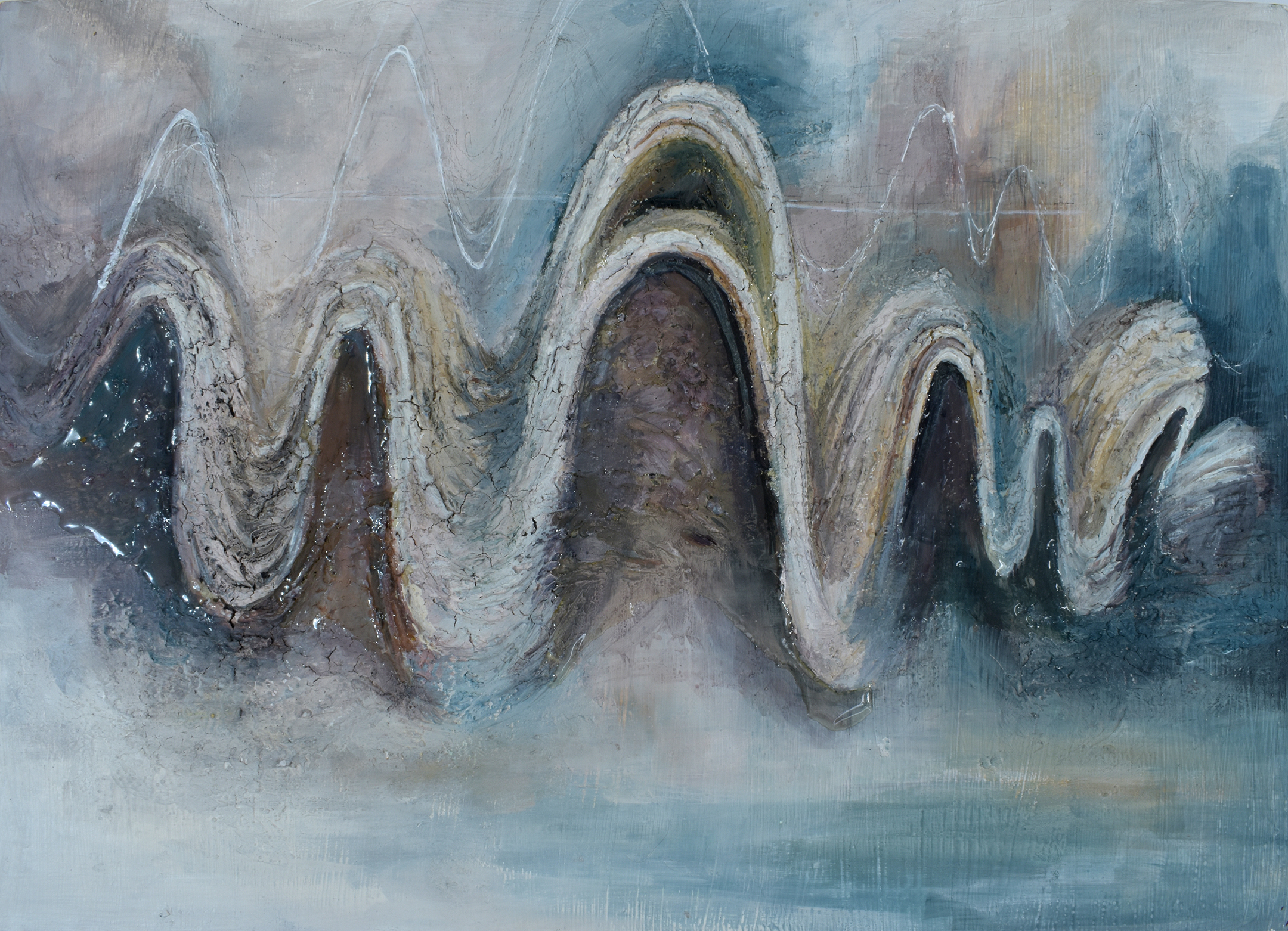AP Art of the Week
Spotlight on Artist Lu Peng
The Elective’s digital art museum this week features an illustration made by Lu Peng from Sentinel Secondary School in West Vancouver, British Columbia, Canada.
Welcome to The Elective’s digital art museum, dedicated to the incredible work of AP Arts students. Each week we highlight a work or series created in one of the AP Arts concentrations—AP 2-D Art and Design, 3-D Art and Design, and AP Drawing (the AP Program also offers Art History and Music Theory)—as well as a statement from the artist (and, occasionally, their teacher).
From the first cave paintings to contemporary breakthroughs in virtually reality, art, in all its forms, has been a crucial way for people to process, make sense of, comment on, and grapple with the world around them. After more than a year of life in a pandemic, AP Art students have risen to the challenge of processing and making sense of the challenges—and opportunities—that have come from this perilous time. The work they submitted in their final portfolios is explicitly of the moment. It’s often challenging and provocative, but always insightful, inspiring, and expansive.
This week we feature an illustration made by Lu Peng from Sentinel Secondary School in West Vancouver, British Columbia, Canada.

Here’s Lu’s statement on the work:
“As a resident growing up in the urban cities of Canada and China, I have been highly conscious of the surrounding landscape and architecture. I became mesmerized by the organic structures in contemporary architecture. This interest inspired me to build my portfolio on the topic of natural form’s interrelationship with architecture.
“The selected artworks explore the progression of my idea. I first observed an organic shape of an oyster shell. The natural uneven curvatures of the shells conjure a strong shelter for the invertebrates, and I thought, how can I incorporate this aspect into architecture?

"I experimented with lines, creating rhythmic movement and synthesized relative material like wood, plaster paste, and resin to create an interconnection to architecture. I then interwove the curved shape of the oyster into structural elements through layers of tracing and nomograph paper, creating further connections into geometric architecture designs. In the end, inspired from many different natural forms, my research and experimentation ultimately manifested in a culmination of a final revision of a surreal urban cityscape.

“I am super thankful to my art teacher, Mrs. Hambly, for taking so much of her time, in and out of class, to help guide us through the portfolio. She opens the art studio every day, and always encourages us to explore new ideas and materials through research and hands-on demonstrations. She provided us with knowledge, inspiration and confidence to complete our portfolios.”
And here are a few other works from Lu’s portfolio:

How can mark making of shape, value, line illustrate the structure of natural forms? Observation of conches, oysters and barrels in scale/proportion exploring their pattern/structure.

Revised surreal structure extending into space from process work–line for two-point perspective.

How can I create an interrelationship between skeleton rib cages and architecture elements? Lines/proportion created emphasize an extension of vertebrae/ribcage into architecture exoskeleton.

Layering of varying viewpoints of spine/rib observation with lines extending into structure/space.
Student statements are lightly edited for length and clarity.


